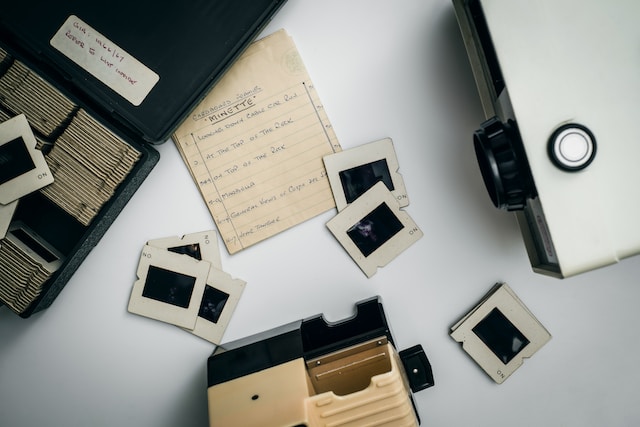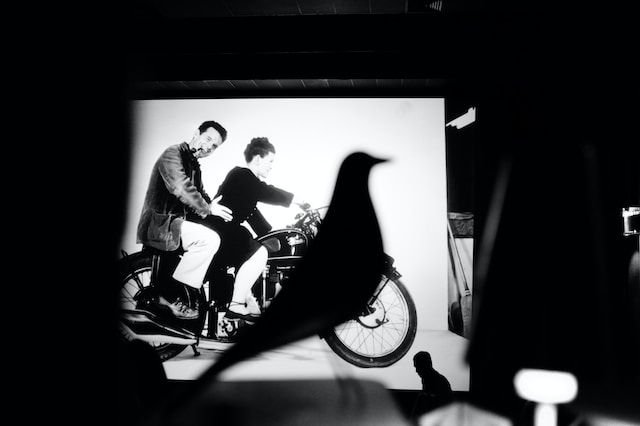Imagine a time when families and friends would gather in a dimly lit room, patiently waiting for the projector to hum to life, casting vivid images on the wall or screen.
This was the era of 35mm slides, a once-ubiquitous form of photography that captured the essence of life’s cherished moments.
Let’s take a trip down memory lane, exploring the history of 35mm slides, and learn how we can preserve these memories for future generations.
Also read: Awesome Ways To Make Family Holidays Even More Special
Table of Contents
What are 35mm Slides?

35mm slides are small, transparent filmstrips mounted in cardboard or plastic frames, specifically designed for projection.
They gained popularity in the mid-20th century as an easy way to share and view photographs. The film used for 35mm slides is the same as that used in 35mm film cameras, with the primary difference being how the images are processed and mounted.
The term “35mm slide” refers to the size of the filmstrip, which is approximately 35mm wide.
This format was chosen for its balance between image quality and ease of use.
When projected, 35mm slides produce sharp, detailed images that were unrivaled by other formats at the time.
Also read: YouTube Channel Can Benefit Your Business
The Rise of 35mm Slides
The origin of 35mm slides dates back to the early 20th century when 35mm film was introduced for motion picture use.
It was not until the 1930s, with the introduction of Kodachrome, that 35mm slides became a popular medium for photography enthusiasts. Kodachrome was known for its vivid colors, fine grain, and excellent archival properties, which made it an ideal choice for slide photography.
In the 1950s and 1960s, 35mm slides experienced a surge in popularity, largely due to advancements in slide projector technology. This allowed for more convenient and accessible viewing experiences.
Also read: Features To Look For Each Time You Choose An App
During this time, it was common for families to own a slide projector and host “slide shows” to share their memories with friends and loved ones.
Tips for Preserving 35mm Slides
Although the era of 35mm slides has long passed, many people still possess collections of these precious memories.
To ensure their longevity, it’s essential to take the necessary steps to protect and preserve them.
- Store in a cool, dry, and dark place: Exposure to heat, humidity, and light can cause slides to deteriorate over time. Keep your slides in an environment with stable temperature and humidity, and away from direct sunlight.
- Use acid-free and archival storage materials: Acid-free and archival-quality sleeves, boxes, and envelopes will help prevent damage to your slides. Avoid using PVC-based plastics, as they can release harmful chemicals that may damage your slides.
- Handle with care: Use clean, dry hands or wear cotton gloves when handling your slides. Fingerprints, oils, and dirt can damage the delicate emulsion on the film.
- 35mm Slide Transfer: Converting your 35mm slides to a digital format ensures that your memories are preserved and easily accessible in the modern age. There are many professional services available that specialize in 35mm slide transfer, using high-resolution scanners to capture the intricate details of each image.
One example that I can recommend is the company named Capture, which offers a service for digitizing 35mm slides. By converting these precious memories into digital formats, users can easily access, share, and archive their images.
Also read: How To Easily Gain More Followers On TikTok
Conclusion
The era of 35mm slides represents a nostalgic time in the history of photography, where capturing and sharing memories was both an art form and a social event.
Although the popularity of 35mm slides has waned, the memories they hold are still cherished by many.
By taking the appropriate measures to preserve and protect these mementos, we can ensure they remain a vibrant part of our personal histories for generations to come.
